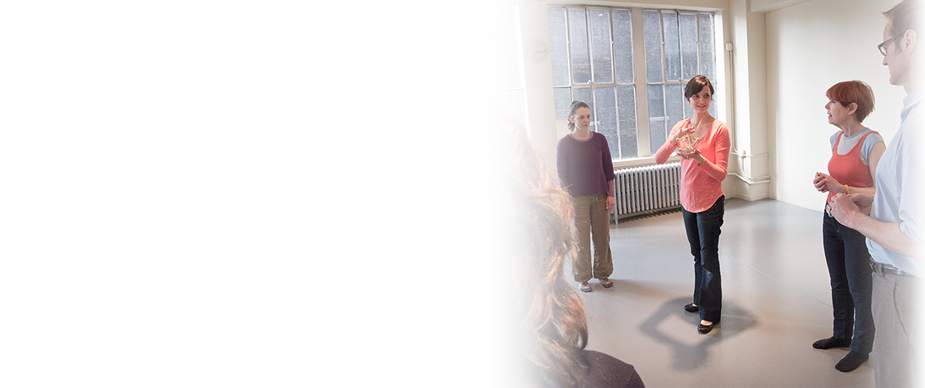INTRO TO THE BLOG: TAKE THE POSTURE TEST!
/And now two questions about how you are standing:
1) Are you actually standing up more straight? If you do what most people do, you arch your lower back and thrust your chest forward. Take a close look. If you are doing what I am presuming in order to straighten yourself, you are actually pulling yourself down (back and down that is). You are exaggerating the lumbar curve (in the lower back) and decreasing your height. It's slumping, but slumping backwards!
2) How do you feel? I am guessing that you probably feel uncomfortable. Perhaps you are holding your breath or your breathing has become more shallow. If standing up straight is so good for you, why does it feel so terrible?
Most people
So, what is "good posture"? Instead of defining "good posture" as standing up straight, let's call it getting out of your own way and allowing yourself to come to your full height.
What does "Getting out of your own way mean?" What is "your full height?
Many people overuse the muscles in their shoulders and upper back, resulting in a "hunch" forward. If they stop overusing those muscles, then tone will be redistributed to the back and the legs, which will allow for more release in the shoulders and then more tone in the back and legs. This give and take over a period of time results in a much more balanced distribution of tone (without doing any dedicated excersizes). An indirect result of this redistribution of tone will be that the person finds themselves standing up straight without extra effort because the muscles that are well-suited for postural support are doing their job properly. For most people, coming to their full height will look like standing up straight. For others, coming to their full height may not equal looking completely straight . . .
Here is in example as to why someone might not stand straight, but still have excellent posture:
I have scoliosis in my lumbar spine. In the past, I alternated between collapsing into the curve and willfully holding myself up so that I wouldn't look crooked. I caused myself great discomfort by engaging these habits. Through practicing the Alexander Technique, I learned how to become aware of and stop what I was doing and to allow my postural support muscles to do the work of supporting me. I can now come up to my full height without unnecessary tension and discomfort. It's unlikely that the lateral curve in my spine will completely straighten out, so my "full height" includes an extra curve in my spine.
Good Use vs. Good Posture
Alexander Technique teachers, through hands on, kinesthetic re-education, teach people how to become aware of habits that prevent them from standing, sitting, moving, and breathing naturally. F.M. Alexander, who developed the technique, referred to these habits as the way in which we "use" ourselves. The way in which we use ourselves affects everything that we do.
If you improve your use, you will come up more to your full height. What we call "poor posture" is not a condition. It is something that we do to ourselves by using ourselves poorly. People who study the Alexander Technique note improvement in their posture, but not by directly trying to fix it. If you use yourself well you'll likely come up to your full height . . . and receive many compliments on your improved posture!
This blog examines the subtleties of how we use our bodies and the day-to-day choices that we make that effect how we use our bodies and in turn our posture.0
For more information regarding the Alexander Technique, visit my website www.lindsaynewitter.com or email Lindsay at lindsay.n@gmail.com.

